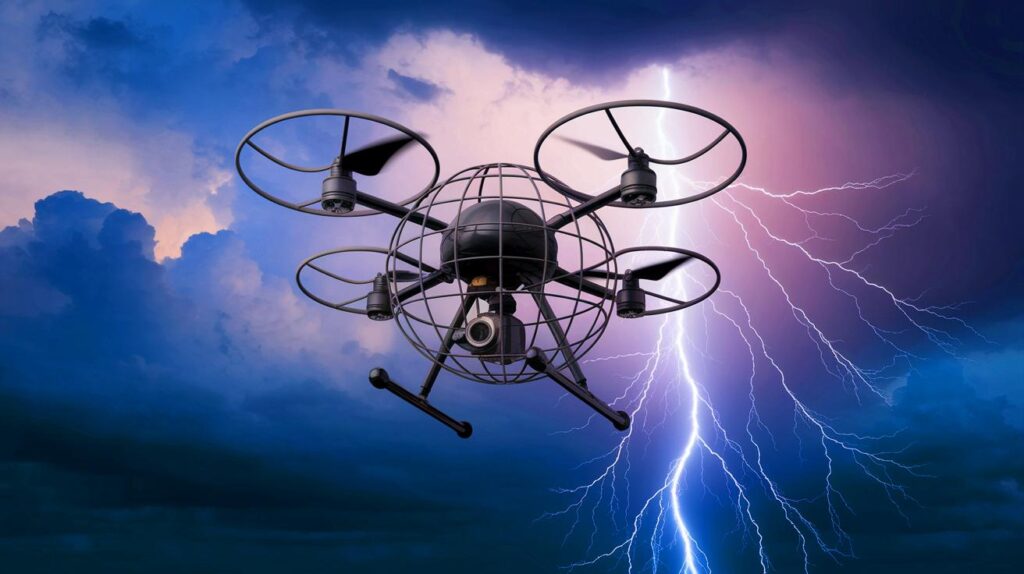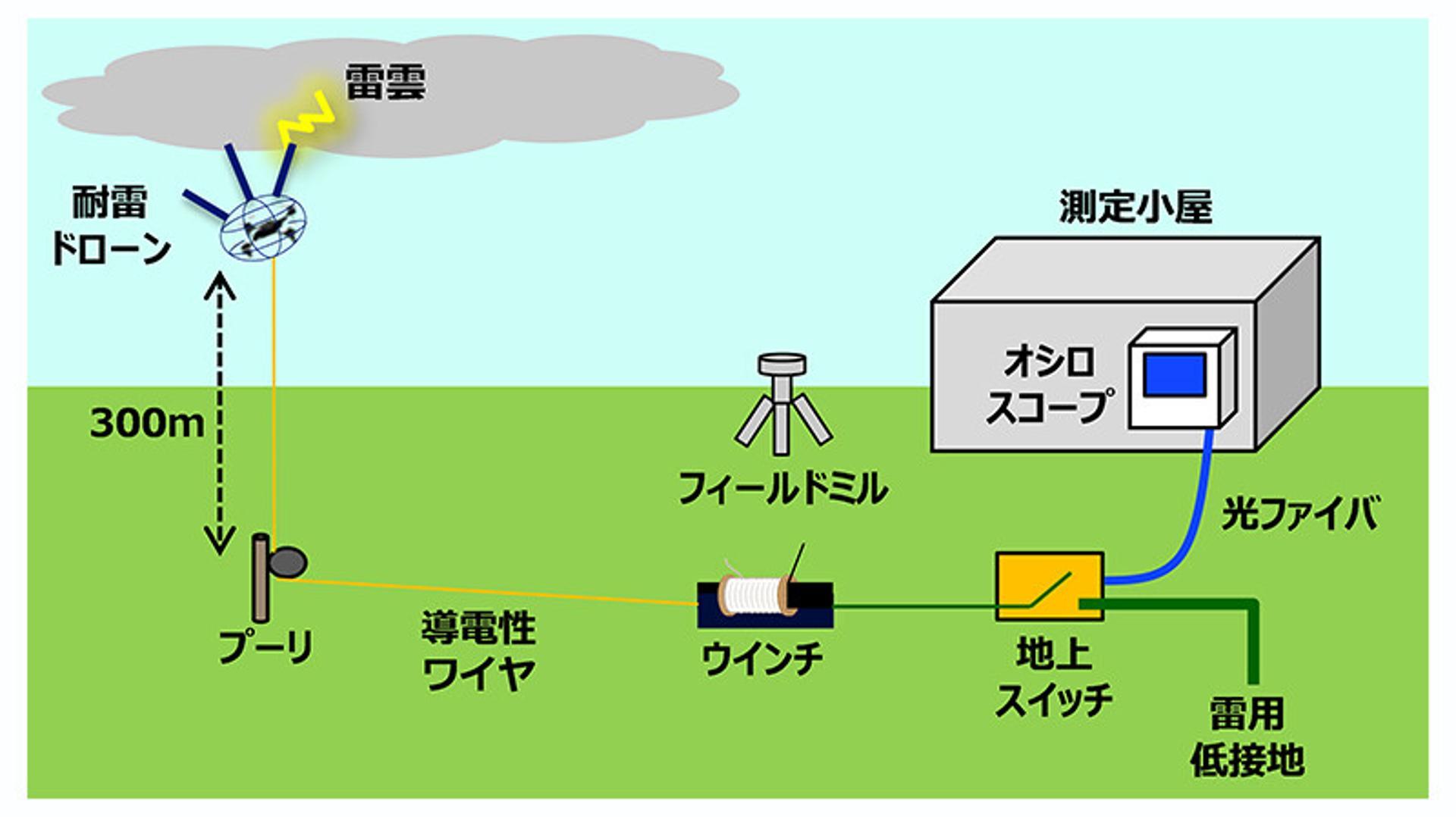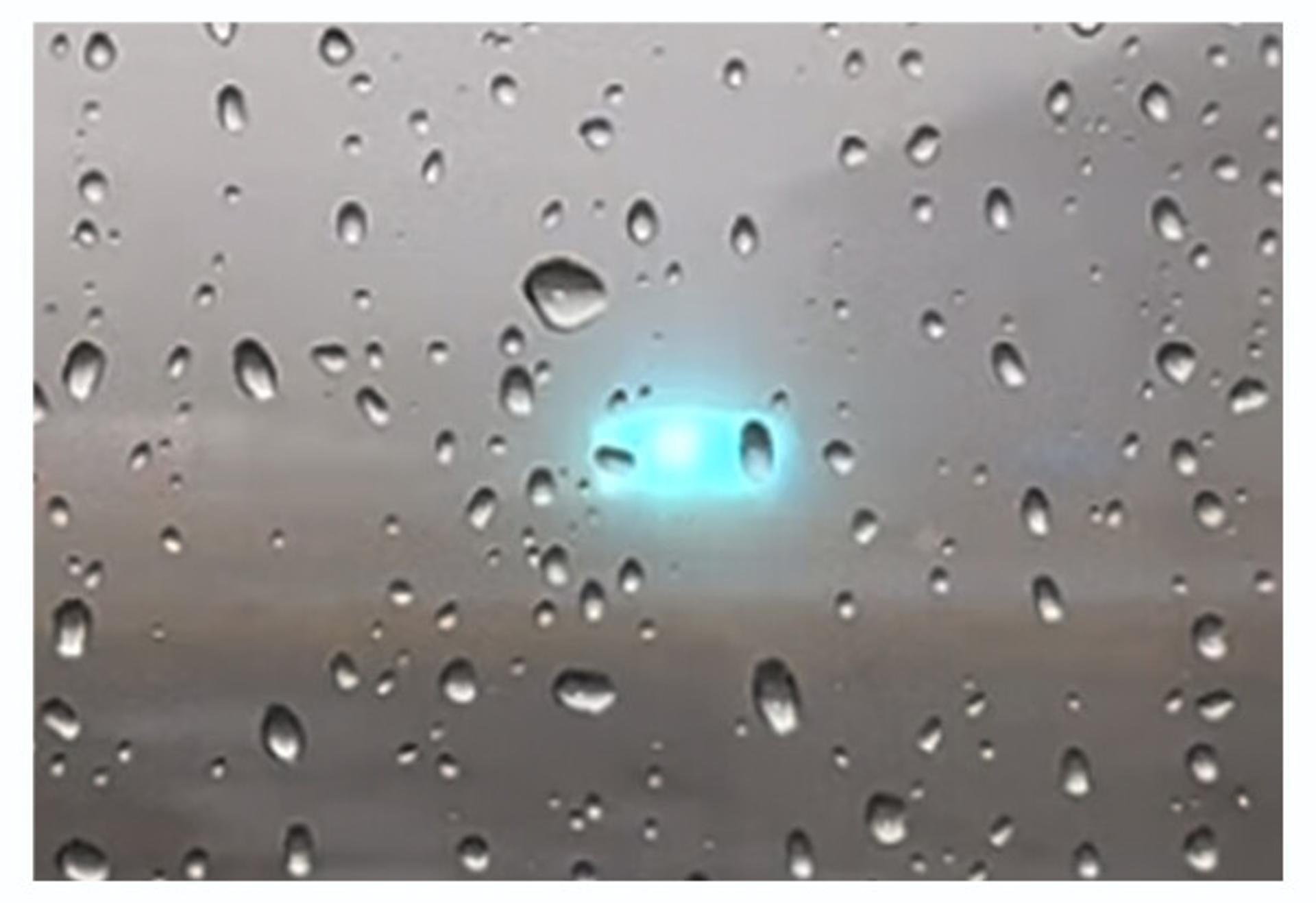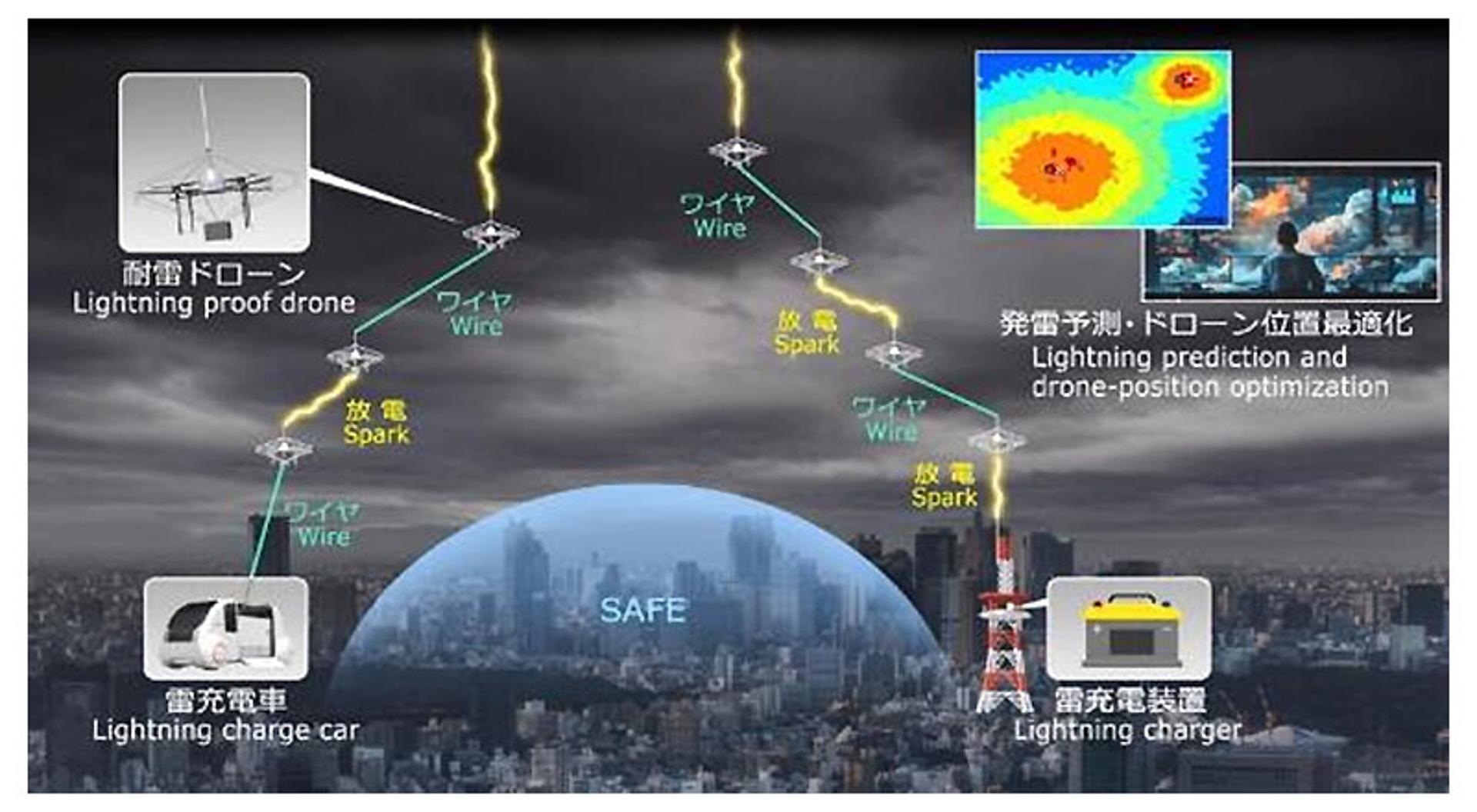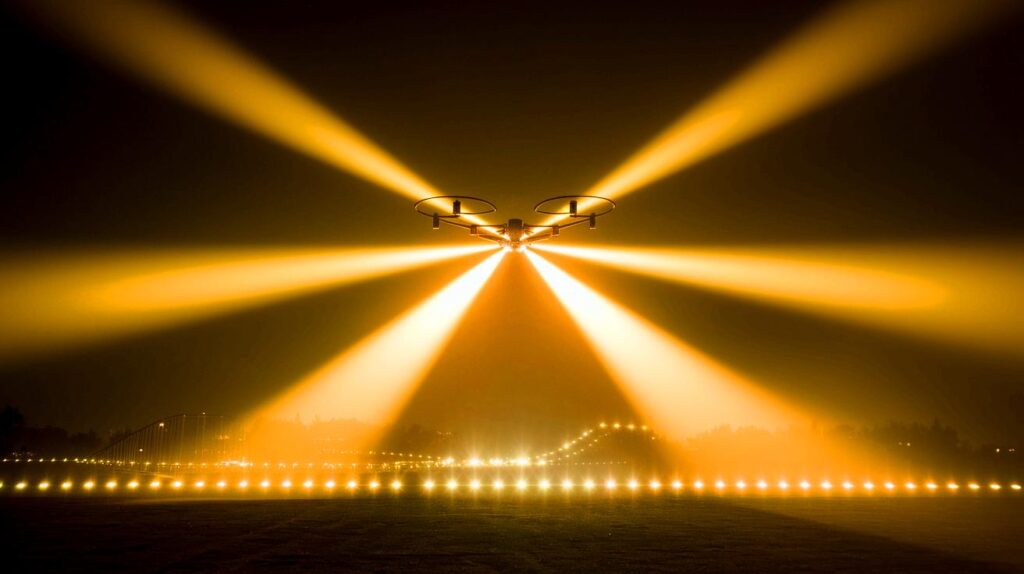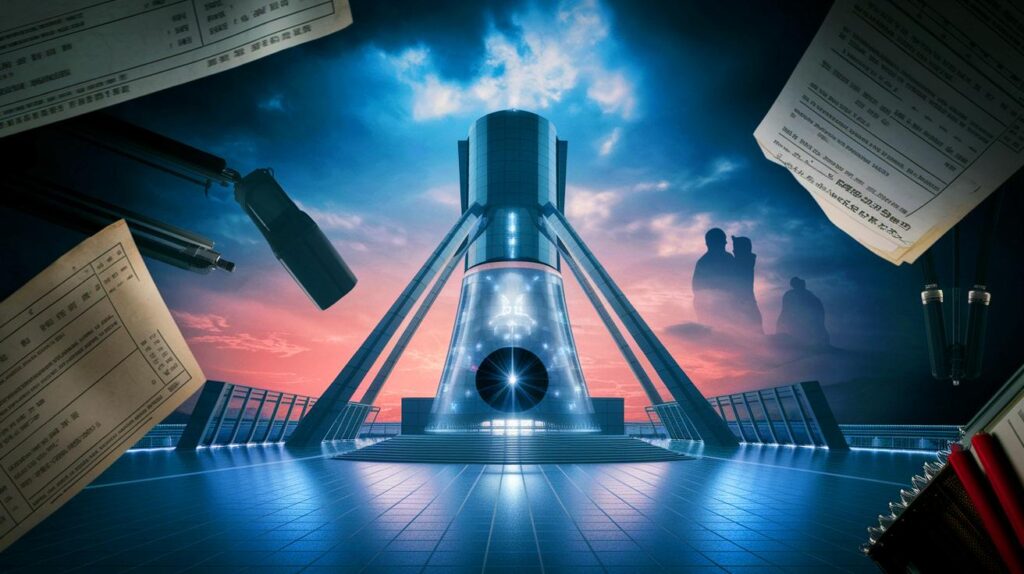| In Brief |
|
Technological advancements often push the boundaries of imagination. The latest Japanese innovation in lightning protection is a perfect example. Researchers have successfully flown a lightning-resistant drone in the midst of a storm, triggering and directing natural lightning strikes. This achievement opens the door to new methods for capturing and storing lightning energy, a largely untapped energy resource. The potential of this energy is vast, and this technology could transform our approach to storm management and harnessing natural energy.
Drones: Flying Lightning Rods
The design of drones capable of withstanding lightning marks a significant advancement in infrastructure protection. The drone developed by the Japanese team features a metallic Faraday cage that redirects lightning around the device, neutralizing the effects of powerful magnetic fields generated during an impact. This innovation is complemented by a conductive ground wire over 300 meters long, equipped with a high-voltage switch at its lower end. This technology allows lightning to be safely directed to the ground, minimizing damage risks to both the drone and the surrounding infrastructure.
The potential of these drones goes beyond mere protection. They could be deployed in areas where traditional lightning rod installations are challenging, such as outdoor stadiums or wind turbines. Furthermore, their ability to trigger and guide lightning could revolutionize our storm management approach, providing an added layer of safety for critical infrastructure.
Lightning Energy: An Untapped Resource
Each lightning strike contains a substantial amount of energy. According to Real Clear Science, an average bolt of lightning carries about a billion joules, equivalent to approximately 278 kilowatt-hours. With about 1.4 billion lightning strikes hitting the Earth each year, this represents a potential energy resource of 383.6 terawatt-hours. This equates to nearly 1.5% of global electricity consumption. If this energy could be captured effectively, it could play a crucial role in the global energy transition.
However, the technical challenges of capturing and storing this energy are immense. The instantaneous and intense nature of lightning strikes makes it difficult to integrate them into current energy storage and distribution systems. Modern energy infrastructures are not designed to handle such high energy peaks. Innovative solutions, such as high-power supercapacitor banks, may be necessary to harness this resource effectively.
Technical Challenges Ahead
Harnessing lightning energy requires overcoming several technical hurdles. One of the main challenges is finding a method to store the energy released by a lightning strike, which discharges in a fraction of a second. Lithium-ion batteries, while widely used, cannot absorb such an influx of energy without risking damage or explosions.
A potential solution might lie in the development of supercapacitors capable of handling high energy loads, but their current size and weight make them impractical for mobile use. Moreover, directly integrating lightning energy into the electrical grid could cause significant overloads and damages. Transformers, in particular, risk overheating and exploding, leading to power outages and high repair costs. Therefore, innovative buffering systems are needed to regulate the energy influx before it is distributed.
Future Applications and Technology Potential
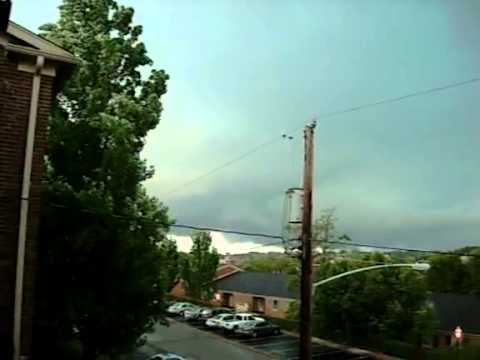

Despite the challenges, the potential of this technology is immense. In addition to infrastructure protection, lightning-rod drones could be used for advanced climate research, offering deeper insights into storms and atmospheric electrical phenomena. This technology could also pave the way for new renewable energy production methods, reducing our reliance on fossil fuel sources.
The development of systems capable of storing and utilizing lightning energy could transform our approach to clean energy. However, significant investments and extensive research are necessary to turn this vision into reality. Collaboration among researchers, engineers, and policymakers will be essential to overcome current hurdles and unlock the potential of this untapped energy resource.
Lightning-resistant drones represent a promising technological advancement, but many questions remain. How will we overcome the technical and economic challenges related to harnessing lightning energy? Will this technology ever play a key role in our transition to more sustainable energy?

